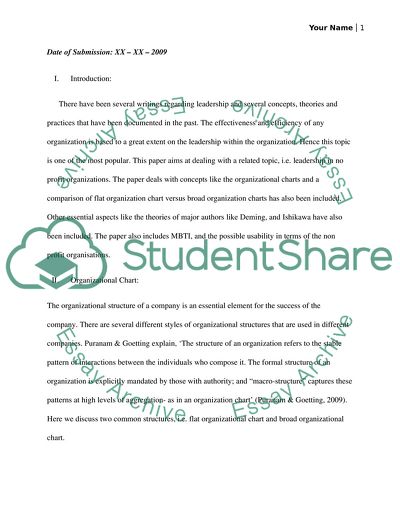Cite this document
(Leadership in Non-Profit Organizations Research Proposal, n.d.)
Leadership in Non-Profit Organizations Research Proposal. Retrieved from https://studentshare.org/human-resources/1728062-leadership-in-non-profit-agencies
Leadership in Non-Profit Organizations Research Proposal. Retrieved from https://studentshare.org/human-resources/1728062-leadership-in-non-profit-agencies
(Leadership in Non-Profit Organizations Research Proposal)
Leadership in Non-Profit Organizations Research Proposal. https://studentshare.org/human-resources/1728062-leadership-in-non-profit-agencies.
Leadership in Non-Profit Organizations Research Proposal. https://studentshare.org/human-resources/1728062-leadership-in-non-profit-agencies.
“Leadership in Non-Profit Organizations Research Proposal”, n.d. https://studentshare.org/human-resources/1728062-leadership-in-non-profit-agencies.


